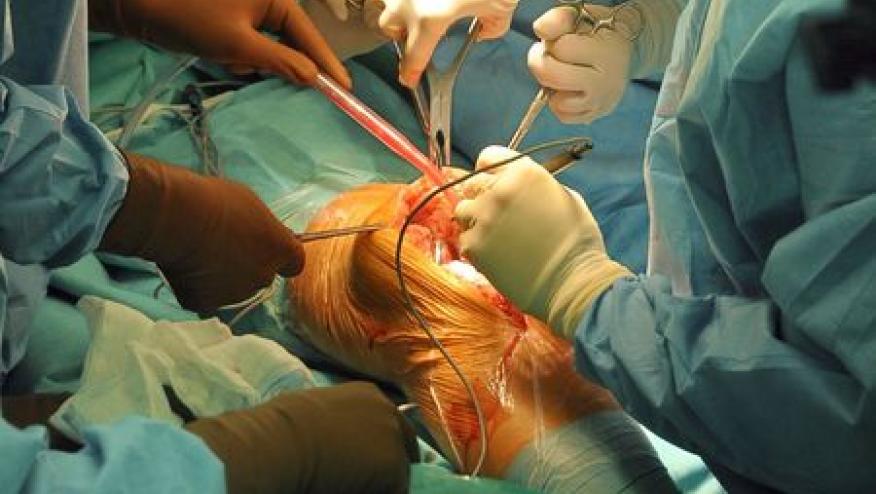Periprosthetic Joint Infections Save

Recent NEJM has reviewed arthroplasty-associated infection and periprosthetic joint infections (PJI), noting this is a rare event; notably these infections are caused by skin microorganisms introduced during arthroplasty surgery or may be seeded post-surgically, via hematogenously spread or compromised local tissues (skin or bone).
Key takeaways from this CME article at NEJM.org :
- Common presentations: joint pain with local signs of infection (e.g., erythema, swelling, etc). Most patients will not have fever. Chronic infection may be associated with prosthetic loosening or a draining sinus tract.
- Microbiology: most common found is coagulase-negative staphylococci (especially Staphylococcus epidermidis), followed by S. aureus, streptococcus species, enterococcus species, cutibacterium species, and Enterobacterales. PJI's are 70% monomicrobial and 25% polymicrobial.
- Epidemiology: in the USA, While both are common, there are more knee replacements, than hip replacements in the USA. Peak PJI risk is highest in the early postoperative period; yet the risk persists for the lifetime of the joint, with a significant proportion of infections manifested after 1 year.
- Economics: Hospital costs for PJI are between $89,000 and $116,000 in the USA for THR and TKR. Moreover the cost of a revision for PJI is more than 5 times as high as the cost of revisions for other reasons.
- Risk Factors: there are many, including anemia,injection drug use,malnutrition,obesity,diabetes, tobacco use, inflammatory arthritis, and prior revision arthroplasty.
- Diagnosis: usually relies on microbiologic identifcation (via arthrocentesis). Use of C-reactive protein, and to a lesser extent, interleukin-6, erythrocyte sedimentation rate, or d-dimer assessment, may be additive but are not diagnostic alone.
- Treatment: PJI is best avoided given the cost and complications. PJI is better managed in specialized centers that perform a large volume of prosthetic joint surgeries with dedicated collaborative teams. Antibiotic therapy alone, without surgical intervention, fails in most cases. Hence, meticulous surgical débridement is important. For acute PJI of the hip or knee, DAIR (débridement, antibiotics, and implant retention). Removal of implant or resection may be adviseable with a sinus tract, loose prosthesis or if the wound cannot be closed, either as one-stage or two-stage revisions. A minority of patients will require chronic antibiotic treatment, especially if surgery is not possible.
- Outcomes: PJI often has suboptimal success rates, high rates of disability, decreased quality of life, and high mortality. A metanalysis of 29 studies showed that the infection eradication after one-stage and two-stage total knee arthroplasty revisions was 87% and 83%, respectively. Mortality at 5 years after hip PJI is 21% and at 10 years is 45% (vs. For two-stage revisions, 1-year mortality after explantation is 13% for hip and 9% for knee arthroplasties.
Continue Reading
ADD THE FIRST COMMENT
Disclosures
The author has no conflicts of interest to disclose related to this subject










If you are a health practitioner, you may Login/Register to comment.
Due to the nature of these comment forums, only health practitioners are allowed to comment at this time.